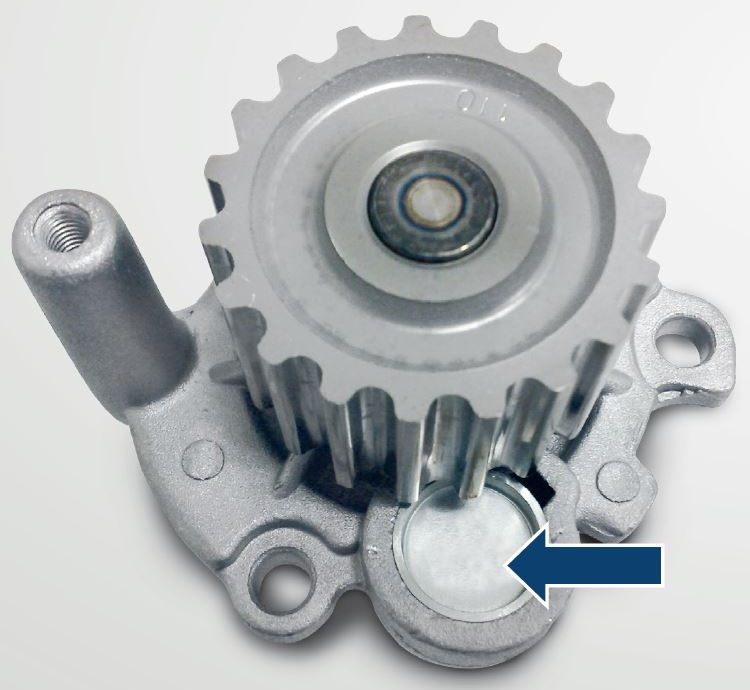
Leak tightness and leakage hole (vent) in vehicle water pumps
What is a sliding ring sealing cartridge and how does it work? What function do sliding ring seals have when sealing water pumps in cars? What are ventilation holes or leakage holes on the pump housing for? Does the liquid in these holes in the pump indicate there is damage somewhere? Does the potential defect have to be repaired in a workshop, and does it mean a replacement part might be needed? What is a leak reservoir and when are elastomer seals, flat gaskets or liquid sealants used as housing seals on water pumps in cars? This article gives answers to questions about certain components, repairs and problems, special features of the water pump housing and how to vent it.
Sliding ring seal package
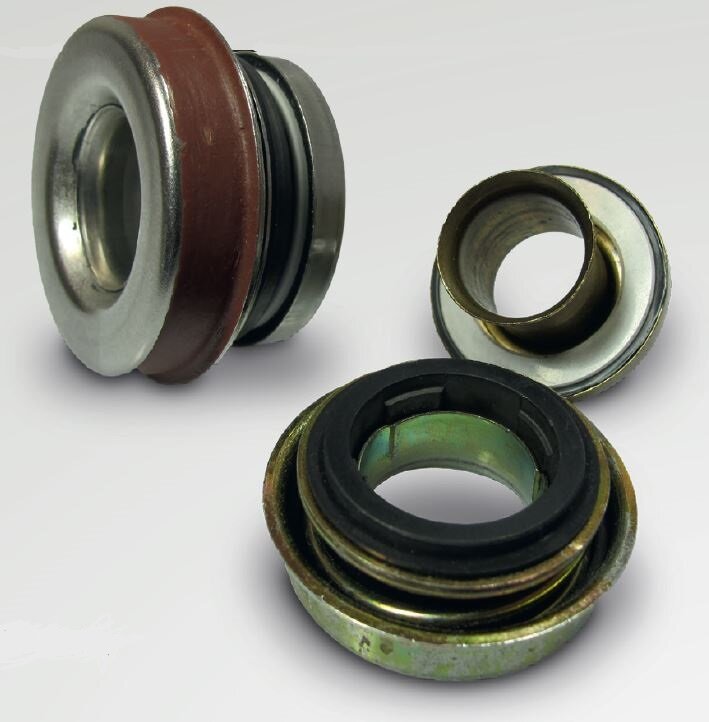
 |
ATTENTION This functional principle may lead to small leaks of cooling liquid on the outer face of the pump. This small leak is design-related and is not a cause for complaint. |
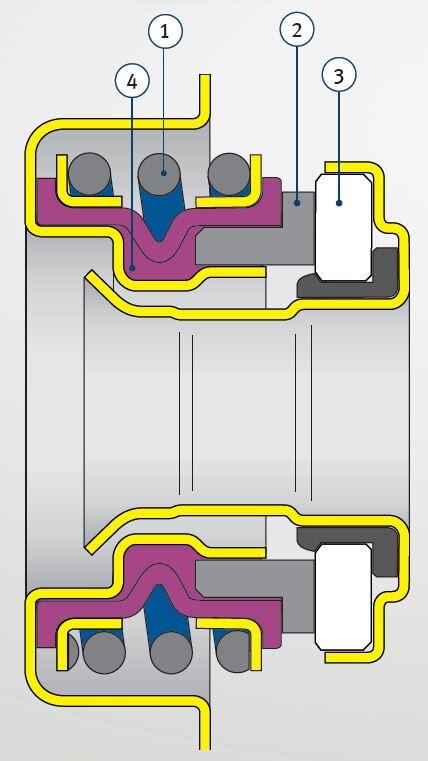
2 Sliding ring (fixed)
3 Sliding ring (rotating)
4 Bellows
Ventilation holes and leakage holes
Without the leakage holes, cooling liquid would accumulate between the sealing ring package and the pump bearing and it would penetrate into the pump bearing.
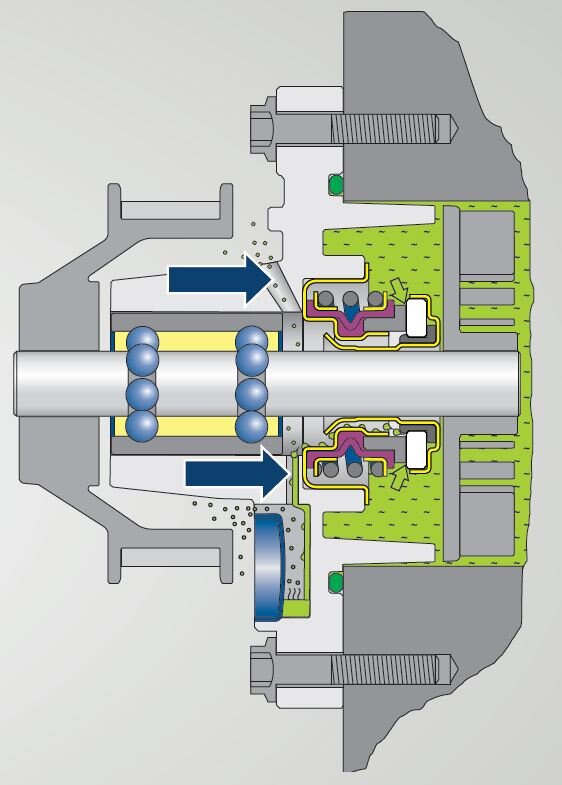
Leak reservoir
In order to prevent this misunderstanding, many engine manufacturers have switched to providing the water pumps with a reservoir at the leakage hole. The small quantities of cooling liquid that exit the water pump are collected in this reservoir. The cooling liquid therefore remains in the reservoir, where it cannot be seen from the outside, and it evaporates there.
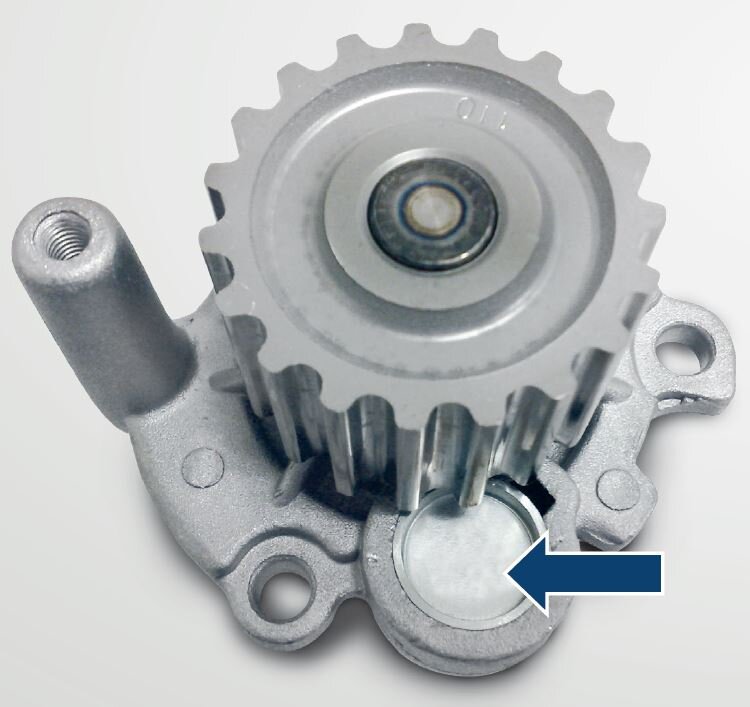
Video - WATER PUMPS/ COOLANT PUMPS - BASIC INFORMATION
We need your consent to load the YouTube service!
In order to play YouTube videos, a connection to YouTube must be established. This will also entail data processing and cookie usage by YouTube/Google (possibly also out of the USA). By clicking "Accept", you consent to this data processing and the placing of YouTube cookies on your terminal device. Your selection will be saved for future visits to this website. You may find further information under "More" and in our Data Protection Information.
Tags
Product groups
This might also interest you


